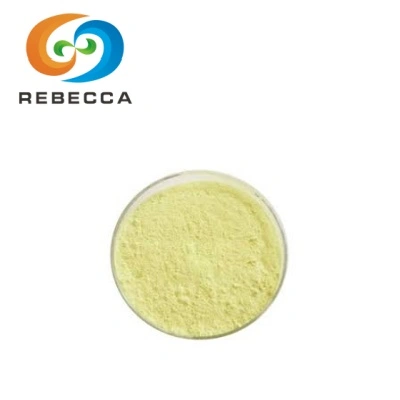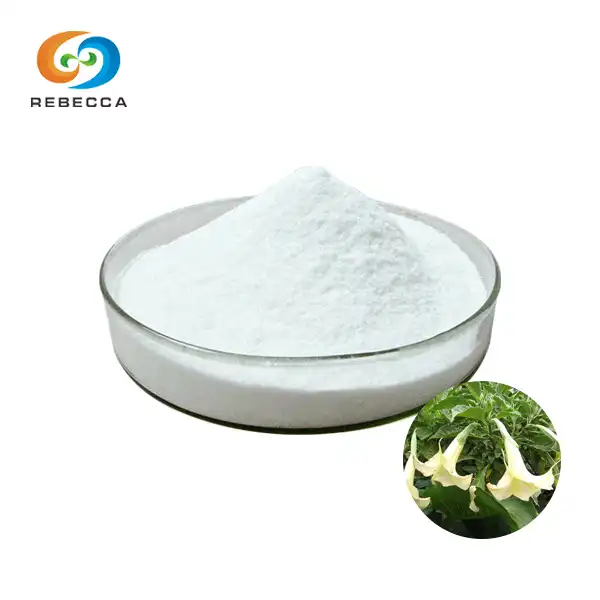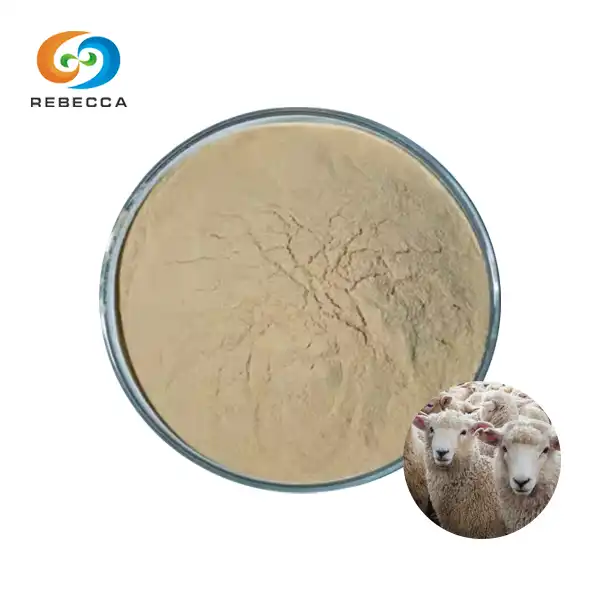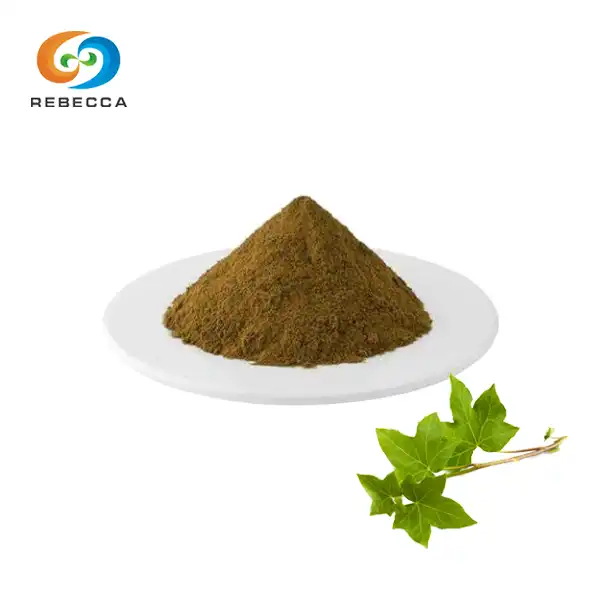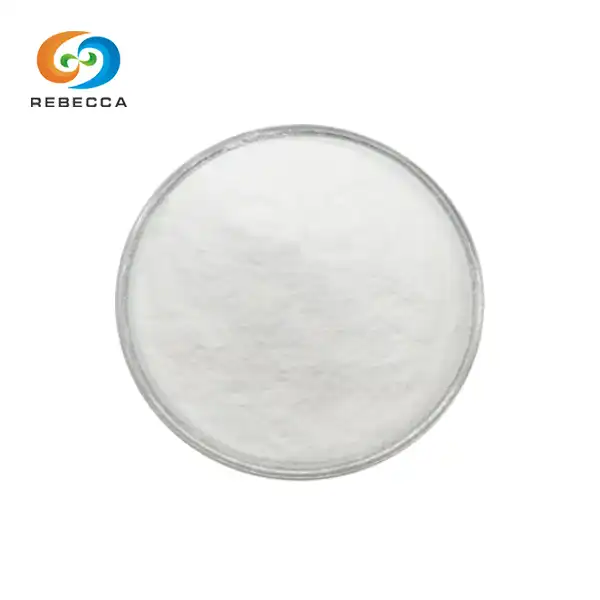How to extract curcumin from turmeric?
Curcumin powder, the vibrant yellow compound found in turmeric, has garnered significant attention in recent years due to its potential health benefits. As interest in natural remedies and functional ingredients continues to grow, many industries are seeking efficient methods to extract and utilize curcumin. In this comprehensive guide, we'll explore the various techniques for extracting curcumin from turmeric, ways to enhance its bioavailability, and its diverse industrial applications.
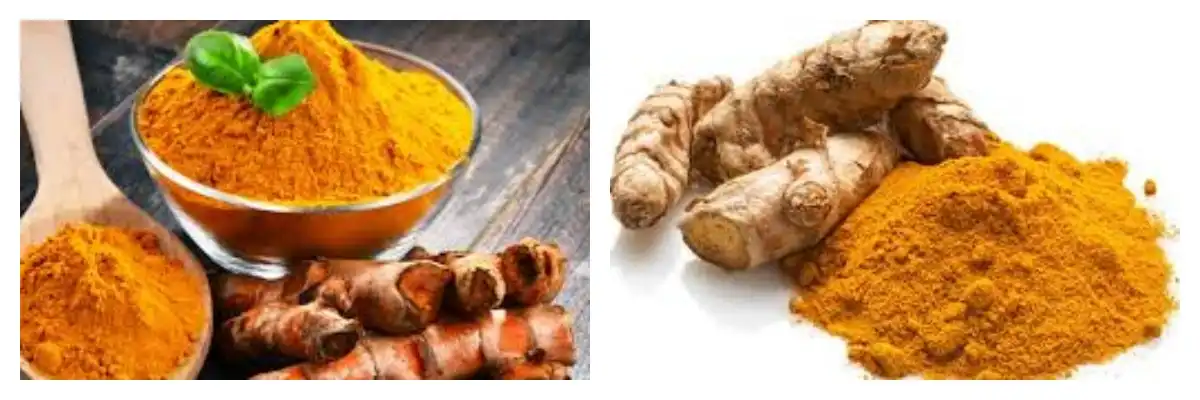
Different Methods of Curcumin Extraction from Turmeric
Extracting curcumin from turmeric is a crucial step in harnessing its potential benefits. Several methods have been developed to isolate this compound effectively:
1. Solvent Extraction
Solvent extraction is one of the most common methods used to obtain curcumin from turmeric. This process involves using organic solvents such as ethanol, methanol, or acetone to dissolve and extract the curcuminoids. The turmeric powder is mixed with the solvent, and the mixture is then filtered to separate the liquid extract from the solid residue. The solvent is then evaporated, leaving behind a concentrated curcumin extract.
2. Soxhlet Extraction
Soxhlet extraction is a continuous extraction method that uses a specialized apparatus. In this process, the turmeric powder is placed in a porous thimble, and the solvent is heated in a flask below. As the solvent evaporates, it condenses and drips through the turmeric, extracting the curcumin. This cycle repeats, allowing for efficient extraction over time.
3. Supercritical Fluid Extraction
Supercritical fluid extraction (SFE) is an advanced technique that uses supercritical carbon dioxide as the extraction solvent. This method operates at high pressures and moderate temperatures, allowing for efficient extraction of curcumin without the use of organic solvents. SFE is considered a green technology and produces a high-quality extract free from solvent residues.
4. Ultrasound-Assisted Extraction
Ultrasound-assisted extraction utilizes sound waves to enhance the extraction process. The turmeric powder is mixed with a solvent, and ultrasonic waves are applied, causing cavitation bubbles to form and collapse. This process disrupts the cell walls of the turmeric, facilitating the release of curcumin into the solvent.

How to Increase the Bioavailability of Extracted Curcumin?
While curcumin powder exhibits numerous potential health benefits, its poor bioavailability poses a significant challenge. Several strategies have been developed to enhance the absorption and utilization of curcumin in the body:
1. Nanoformulations
Nanoformulations involve reducing the particle size of curcumin to nano-scale dimensions. This increases the surface area of the compound, leading to improved dissolution and absorption. Techniques such as nanoemulsions, liposomes, and solid lipid nanoparticles have shown promising results in enhancing curcumin bioavailability.
2. Combination with Piperine
Piperine, a compound found in black pepper, has been shown to significantly increase the bioavailability of curcumin. It inhibits certain enzymes responsible for metabolizing curcumin, allowing more of the compound to be absorbed into the bloodstream. Many curcumin supplements now include piperine to enhance their effectiveness.
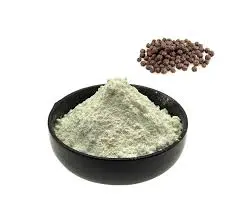
3. Complexation with Cyclodextrins
Cyclodextrins are cyclic oligosaccharides that can form inclusion complexes with curcumin. This complexation improves the solubility and stability of curcumin, leading to enhanced bioavailability. Cyclodextrin-curcumin complexes have shown promising results in various studies.
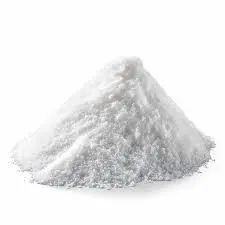
4. Curcumin-Phospholipid Complexes
Forming complexes between curcumin and phospholipids, such as those found in lecithin, can significantly improve its absorption. These complexes, often called phytosomes, enhance lipid solubility, facilitating its passage through cell membranes.
Industrial Applications of Curcumin Extract
The versatility of curcumin extract has led to its adoption across various industries:
1. Pharmaceutical Industry
In the pharmaceutical sector, it is being extensively researched for its potential therapeutic properties. It is being investigated for its anti-inflammatory, antioxidant, and anticancer properties. Curcumin-based formulations are being developed for potential applications in treating conditions such as arthritis, diabetes, and various types of cancer.
2. Nutraceutical and Dietary Supplements
It is a popular ingredient in dietary supplements, often marketed for its potential health benefits. These supplements come in various forms, including capsules, tablets, and powders, catering to consumers seeking natural health solutions.
3. Food and Beverage Industry
The food industry utilizes curcumin as a natural colorant and flavoring agent. It is used in a wide range of products, from dairy items and baked goods to beverages and confectioneries. The growing demand for natural ingredients has further boosted its use in food applications.
4. Cosmetic and Personal Care Products
Its antioxidant properties make it an attractive ingredient for cosmetic and skincare products. It is incorporated into various formulations, including face creams, lotions, and hair care products, often promoted for its potential anti-aging and skin-brightening effects.

In conclusion, the extraction and utilization of curcumin from turmeric present exciting opportunities across multiple industries. As research continues to unveil the potential benefits of this compound, the demand for high-quality curcumin extracts is likely to grow. For businesses operating in the pharmaceutical, healthcare, beverage, or cosmetic sectors, incorporating curcumin into your product line could offer a competitive edge in the market.
At Shaanxi Rebecca Bio-Tech Co., LTD, we specialize in the research and production of plant extracts, including high-quality curcumin powder derived from turmeric. Our state-of-the-art facilities and experienced R&D team ensure that we deliver premium curcumin extracts that meet the highest standards of quality and purity. From the cultivation of medicinal plants to the final extraction process, every step is meticulously controlled under GAP guidelines.
If you're looking to integrate curcumin into your products or are interested in exploring its potential applications, we invite you to reach out to our team. Our experts can provide tailored solutions to meet your specific needs, ensuring you receive the highest quality products for your applications. Contact us today at information@sxrebecca.com to learn more about how our products can benefit your business.
References
- Priyadarsini, K. I. (2014). The chemistry of curcumin: from extraction to therapeutic agent. Molecules, 19(12), 20091-20112.
- Prasad, S., Tyagi, A. K., & Aggarwal, B. B. (2014). Recent developments in delivery, bioavailability, absorption and metabolism of curcumin: the golden pigment from golden spice. Cancer research and treatment: official journal of Korean Cancer Association, 46(1), 2.
- Anand, P., Kunnumakkara, A. B., Newman, R. A., & Aggarwal, B. B. (2007). Bioavailability of curcumin: problems and promises. Molecular pharmaceutics, 4(6), 807-818.
- Hewlings, S. J., & Kalman, D. S. (2017). Curcumin: a review of its effects on human health. Foods, 6(10), 92.
